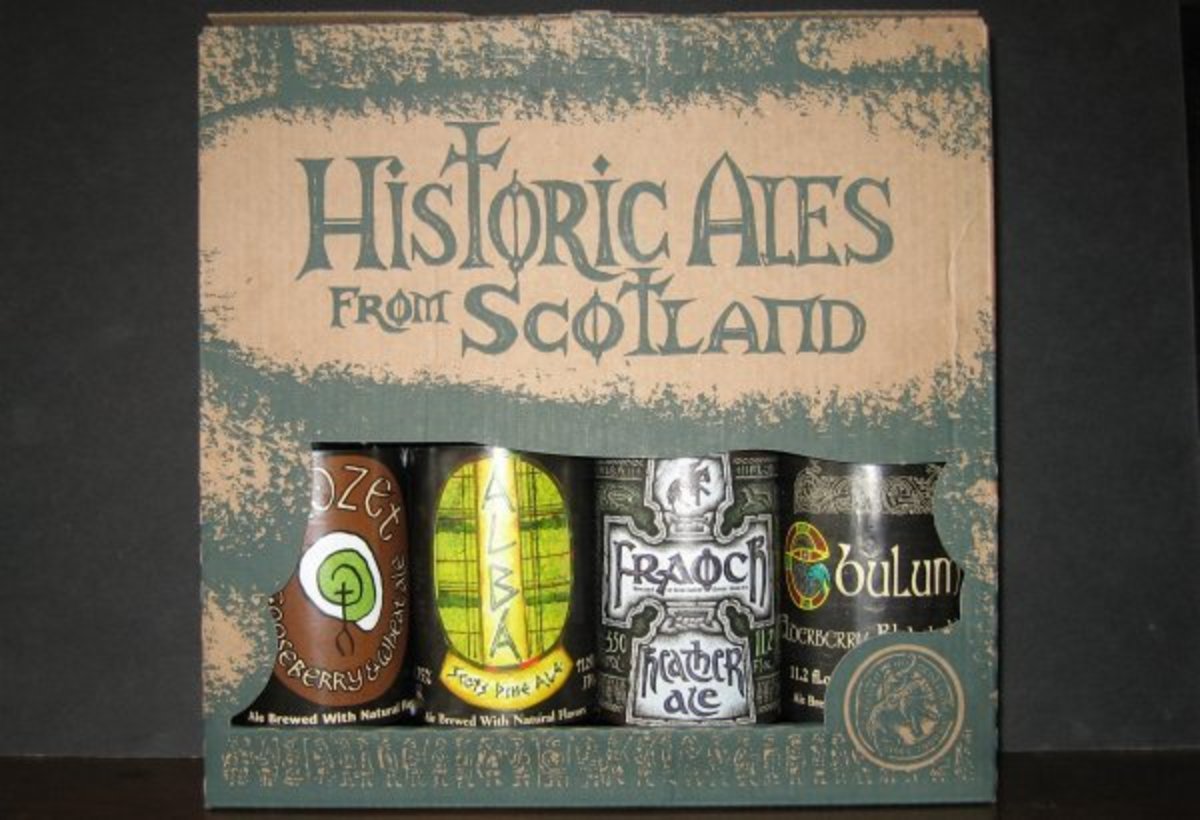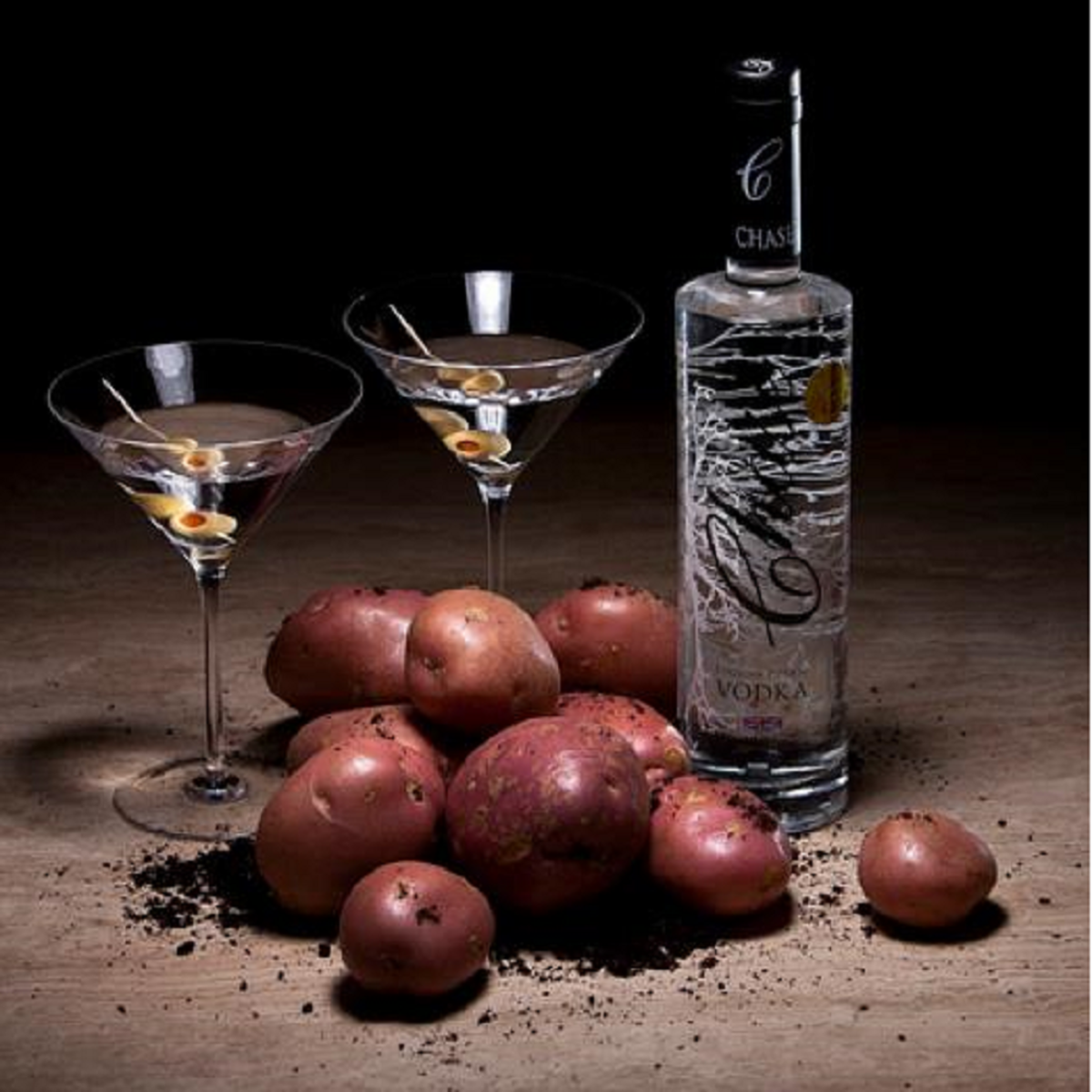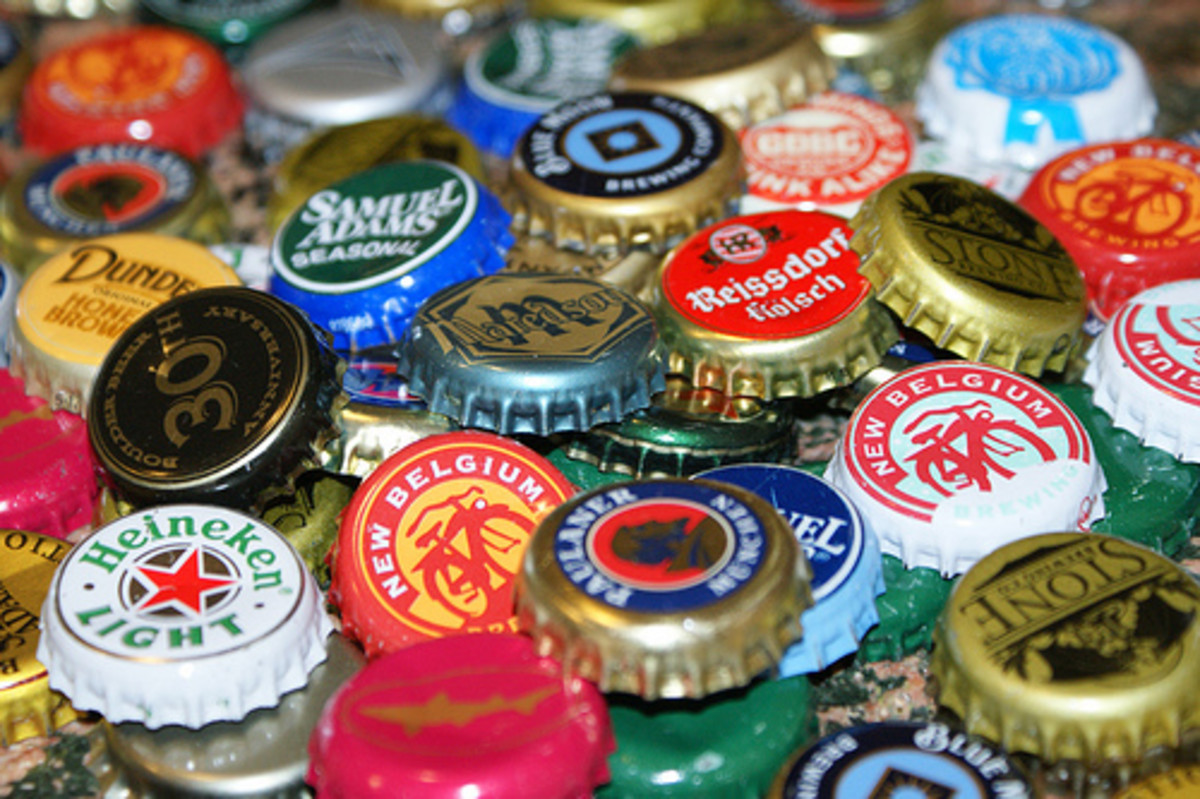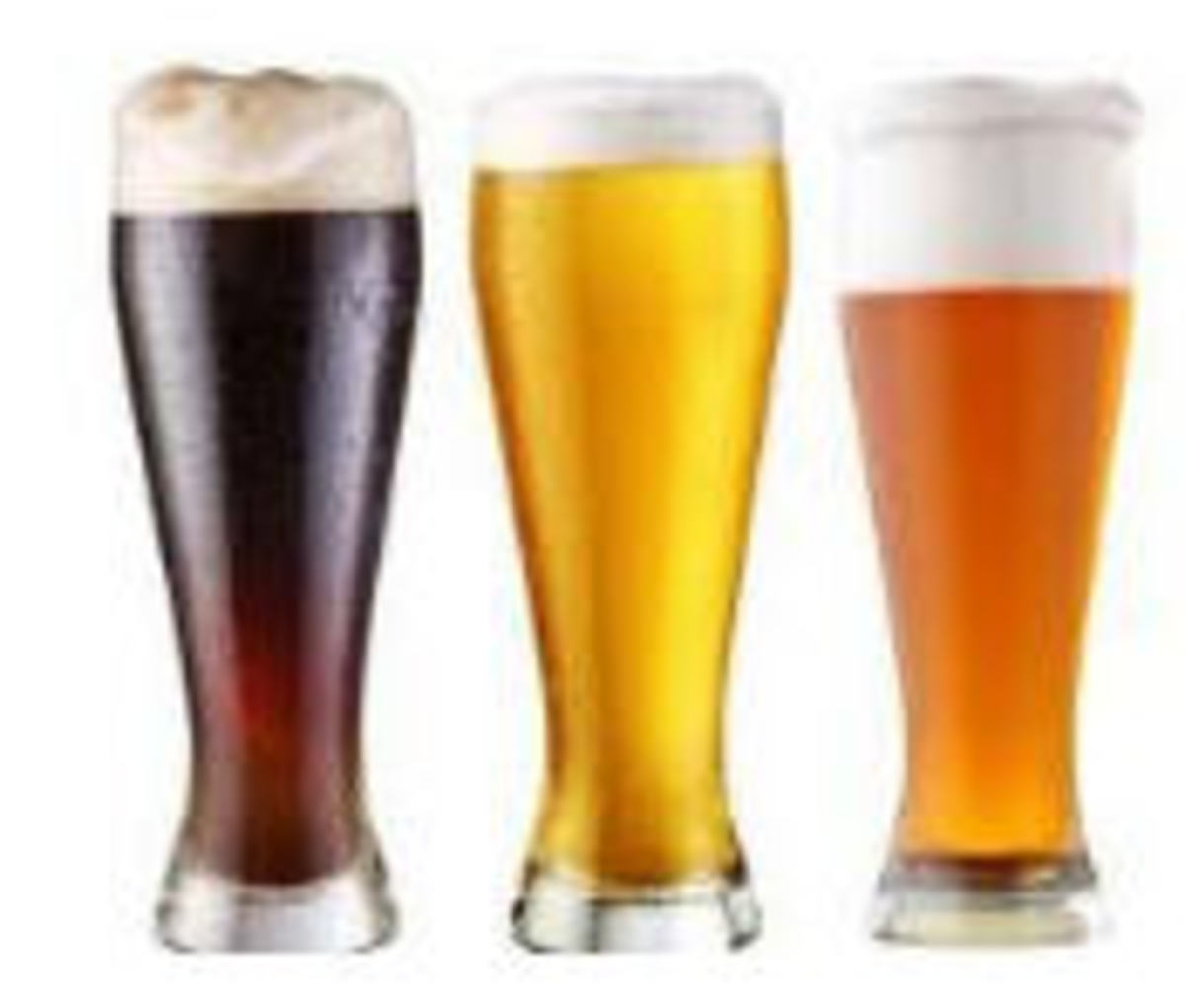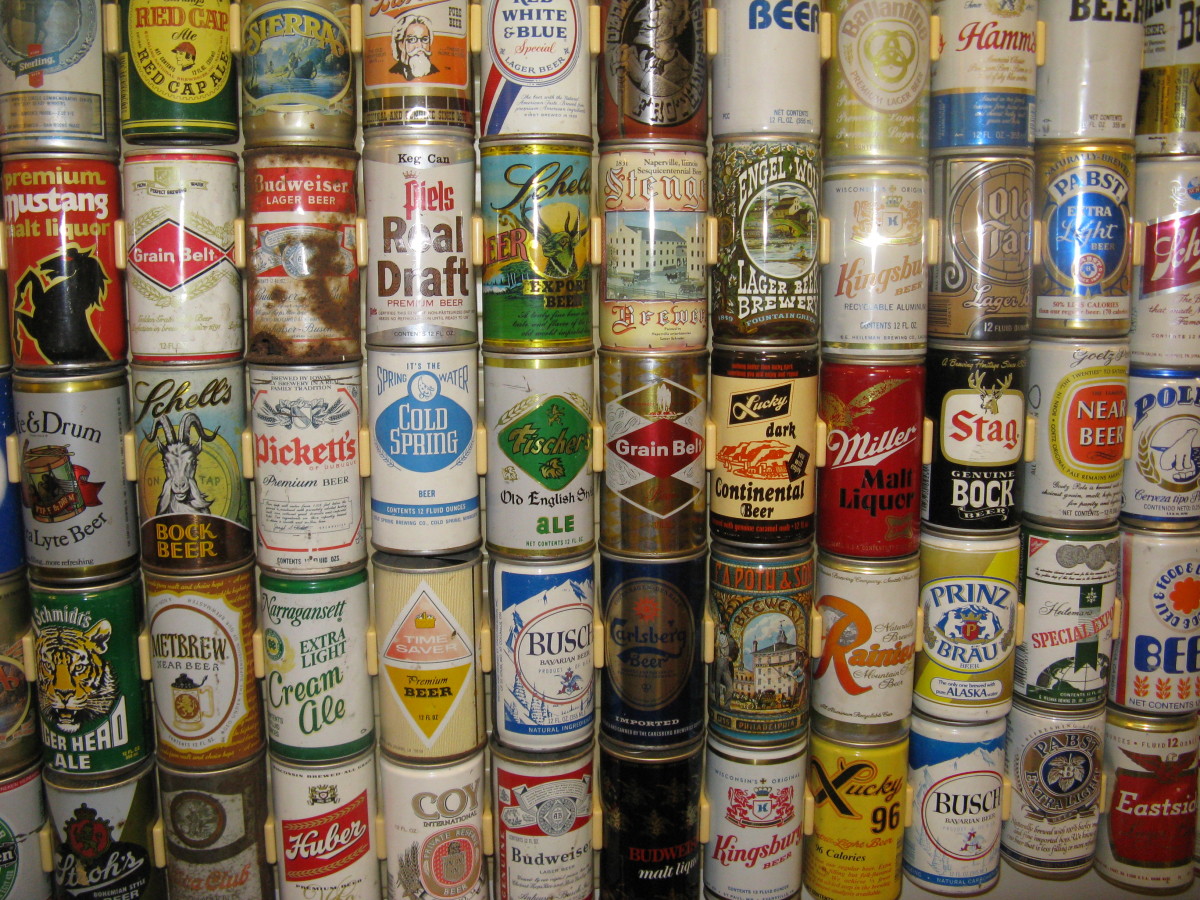Free beer! Well, not really, but it did get your attention!
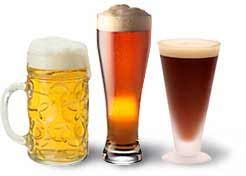
Brewing your own beer is not only fun but also economical!
So are you tired of large foreign owned breweries telling you what to drink? Are you sick of the hype put out by mega-corporations? Do you want to drink a great beer that you yourself hand crafted? If you can boil water, you can make beer.This page will guide you through making beer at home. I intend to show the most simple and least equipment intensive methods. You can make great beer at home with only a little effort. Making your own beer saves you money and lets you be as creative as you want.
Four main ingredients for brewing your own beer!
Beer is made from 4 main ingredients: malted grain, hops, yeast and water. I will go into a little bit of detail about them.
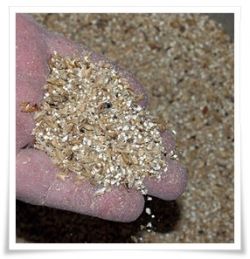
What is malted grain?
Malted grain is grain that has been germinated and then kiln dried. The grains have to be milled (crushed) and then soaked in hot water (mashed) to extract the sugars before brewing. The temperature which you mash at determines the amount of fermentable and non-fermentable sugars in the wort (unfermented beer). From 140 to 150 degrees Fahrenheit, more fermentable sugars are extracted. From 150 to 160 degrees, the level of unfermentable sugars is higher, resulting in a sweeter beer.
Malt extract is either a syrup or a powder made from the fermentable sugars contained in malted grains. With extracts, the mashing has been done for you.
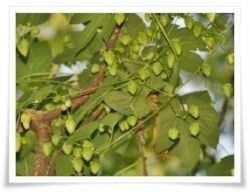
What are hops?
Hops are the cone shaped flower of the female Humulus Lupulus plant. Here in the USA, they are grown from sections of root called Rhizomes. Hops are used to flavor beer and to help preserve it. There are several different varieties of hops, each having a distinctive flavor varying from citrus to earthy to herbal to grassy. They can be used to add bitterness, flavor and aroma to beer, depending on when they are added. Most of the large mega-breweries in the USA use an extract of hops rather than the cones themselves in their brewing. Homebrewers usually use hops that have been compressed into pellets (sort of like the pellets you feed pet rabbits. ) or the cones themselves.
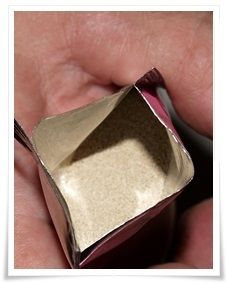
What is yeast and what kind do I need for brewing beer?
Yeast is a fungus that eats sugar and produces alcohol and carbon dioxide.
For a simple organism, yeasts are amazing chemical factories. There are different strains of yeast but the 2 used for fermenting beer are Saccharomyces cerevisiae used for ales and Saccharomyces uvarum which makes lagers.
Brewers yeast comes in either dehydrated or liquid form. Dehydrated yeast is easier to use as all you need to do before adding to the wort is to rehydrate it in warm water. A package of dry yeast has enough yeast cells in it for a batch to ferment.
For liquid yeast, you have to make a starter. This is a tiny batch of beer, usually made of extract and water. You usually do not use hops in a starter. You add the starter to your wort when it is actively fermenting. This ensures an optimum amount of yeast cells to bring about an active fermentation.
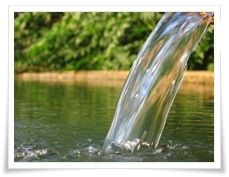
Water...can I use just any old kind of water for making beer?
In the simplest terms, if your water tastes good you can use it for brewing.
In most public supplied water sources, chlorine or chloramine is is added to kill germs. I would suggest using spring water as, even though you can remove the chlorine, spring water is a simple and inexpensive alternative.
What you need to start brewing your own beer at home
Simple and basic list to get you started
Here is a brief list of the basic equipment you should have to get started. You can find equipment kits at reasonable prices on the internet or at local homebrew stores.
Stainless Steel, Aluminum or Enamel Pot (at least 12
quart capacity)
6.5 Gallon Fermenter with grommeted lid
Airlock
Siphon Package (5 feet of siphon tube, bottle
filler, racking tube with tip, and bucket clip)
Hydrometer
Bottle Brush
No-Rinse Cleanser
Irish Moss
Beer Bottles (approximately 53 of 12 oz. capacity,
returnable bottles only. No twist-offs)
Bottle Capper
Bottling Bucket with Spigot
Floating Thermometer
Homebrewing and Winemaking Supplies
There are a multitude of other homebrew suppliers out there. You should also find a local homebrew supply store, if possible it is always good thing to support your local businesses. The folks at the store will be a big help and will be able to answer any questions you may have.
- William's Brewing, fine homebrewing since 1979. @ Williams Brewing
Fine Home Brewing, Wine making,and Coffee Roasting Supplies Since 1979. - Austin Homebrew Supply
Homebrew, Winemaking, Yeast, Ferment, Siphon, Wine Kits, Beer Recipes, Ingredients, Cheese Making Supply. - Midwest Supplies - Homebrewing and Winemaking : Midwest Supplies
- Home Wine making supplies and home brew supplies. - HomeBrew4Less.com in Chambersburg, PA
A full service homebrewing and winemaking shop, homebrewing supplies, and equipment, winemaking supplies and more.
Complete Beerbrewing Kits at Amazon
This list is just a small sample of kits available.


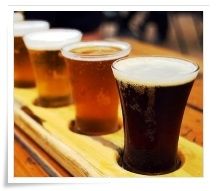
Picking your style of beer.
What kind of beer do you want to brew?
Before you brew a batch you need to decide what you want to brew. Light, dark, sweet, dry, malty, hoppy, these are all characteristics of different styles. Some people prefer the malty/roasted taste of a dry Irish Stout while others would rather have a clean, refreshing American Standard Lager. My preference varies with my mood.
Beer is broken down into 2 major catagories: Ale and Lager. These catagories are determined by the type of yeast used to ferment the beer. Ales are made with a yeast that works best in warmer temperatures (60 to 75 degrees F) and are usually ready to drink in about 4 to 6 weeks. Ale yeast tends to leave behind fruity flavors. Lagers use a yeast that ferments at lower temperatures (45 to 60 degrees F) and takes longer to finish fermenting. Lagers can take months to be ready to drink. Lager yeasts leave little in the way of yeast induced flavors and the beer is usually described as "clean".
There are several distinct styles of beer. I was lucky enough to be stationed in Germany in the Army and got exposed to Alts, Weisens, Bocks, Pilsners, Export and other styles. This opened my eyes to the whole world of beer styles.
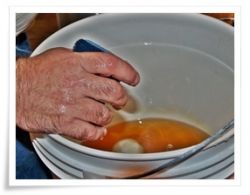
Home brewing beer without a kit step by step instructions
Brewing the easy way
A. Sanitation is very important. Sanitation is very important. Sanitation is very important. Did I mention that sanitation is very important? You want to make sure that anything that touches your beer before it has fermented is sanitized and clean. Following the cleanser package instructions, thoroughly clean and sanitize these items using No-Rinse cleanser:
Primary fermenter
Lid
Airlock
Hydrometer
Heat-tolerant spoon
Laboratory or floating thermometer
B. Pour two gallons of clean water into a 5 gallon or larger pot. If included in your recipe, pour crushed grains (if the grains are not pre-crushed you can crush them yourself by placing them in a ziplock bag and running a rolling pin over them) into the
cloth bag and tie the end into a knot to close it. If crushed grains are not included, go to Step C. Place the grain filled bag into the brewpot water and heat to approximately 150 deg and steep 20 minutes. DO NOT BOIL THE GRAINS. Carefully remove the grain bag and allow it to drain into the brewpot without squeezing. Discard the grain-filled bag.
C. Heat the brewpot water to boiling. Add malt extract syrup and/or dry malt extract. Stir constantly until it returns to a boil. If your recipe includes Malto Dextrin or Rice Syrup Solids, add at this time. Add bittering hops. The hops will tend to float to the top and stick to the sides of the brewpot. Keep stirring them back in. Be careful not to let the pot boil over. (Keep a spray bottle of cold water handy. When the pot starts to foam up, spray the top and it will subside.) Boil for 50 minutes, stirring occasionally, then add 1 Teaspoon Irish Moss (this helps make the finished beer clear). add the finishing hops. Boil for an additional 10 minutes (total boiling time is 60 minutes).
*** Note -liquid malt extract will pour easier if you place the can in pan of hot water for about 10 to 15 minutes.
D. Cool the wort rapidly to 70°. You can cool the wort by placing the brewpot in a sink of icewater.
Ask your homebrew retailer/or advice and instructions regarding wort cooling. While the wort is cooling rehydrate the yeast in about 1 cup of warm (<90 deg) water.
E. Pour or siphon brew pot contents into a sanitized 6.5 gallon food grade plastic fermenter, leaving sediment (trub) behind. Add 3 gallons 70° or lukewarm water until the level reaches the 5 gallon mark on the bucket.
F. Sanitize a hydrometer and take the Original Gravity (O.G.) reading. Write down this number for future reference.
Pour the rehydrated yeast on top of the wort. Secure the lid on the fermenter with the
airlock in place (approximately half filled with clean water). NOTE: You can also ferment with the fermenter open. I do not suggest this for your first brew or 3. :)
G. Place the fermenter in a warm area to maintain a temperature of 68° - 72°. Keep the fermenter away from sunlight and fluorescent lights. You should notice bubbling in the airlock within 24 hours. Bubbling will slow down significantly and then stop completely after about 3 to 7 days. You can be certain that fermenting has finished by taking hydrometer readings. If the gravity does not change for 3 consecutive days, it is done fermenting. Just be sure to sanitize the equipment you use to take samples with. Write down your final gravity (FG) reading for future reference.
H. Following the cleanser package instructions, thoroughly clean and sanitize these items using No-Rinse cleanser:
6.5 gallon bottling bucket and spigot
Siphon tubing
Racking cane
Bottle filling wand
(53) 12 ounce bottles (not twist off type. use the ones you need a bottle opener for)
(53) Crown caps
In a small saucepan, dissolve 5 oz. priming sugar into 2 cups of clean water and boil for 5 minutes. Pour this mixture into the bottling bucket. Siphon the beer from the primary fermenter into the bottling bucket. The siphoning action should thoroughly blend the beer and the sugar solution. Fill bottles using the siphon tubing connected to the spigot at one end and the bottling wand at the other. Bottles should be filled to approximately one inch from the top. Cap the bottles.
I. The sugar addition in Step H will produce natural carbonation in your beer. This process will take up to two weeks at room temperature. The beer should be stored in a dark place at 65" - 75" to ensure proper carbonation. for best flavor, age the beer an additional 21 days. Aging times will vary, depending on the type of beer brewed and your personal taste.
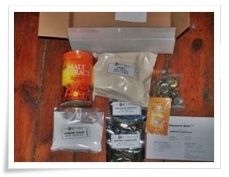
Brewing beer using a beer kit
What kind of beer do you want to brew?
Once you have decided what style to brew it is time to choose a kit. After you have picked your kit, the first thing you want to do is inventory it. This will give you an idea of what you have. All kits should have instructions with them. Read them a few times before you try brewing.
Kits generally come with malt extract, specialty grains, adjuncts (extra sources of sugar such as honey) and yeast. They may also contain bottle caps. There are loads of sites online where you can purchase ingredient kits and they may be homebrew stores in your area. You can also put together your own recipe package but I suggest going with kits for the first few batches so that you can get the method of brewing down pat.
For my demonstration on this lens I choose an "American Cream Ale" kit made by Brewers Best (L.D. Carlson Company) American Cream Ale is a light beer both in color and texture. It is smooth and easy to drink on a hot day. In the picture is the inventory of my kit. Clockwise from the upper left: 3.3 Ibs. Plain Light Malt Extract in can, 2 Ibs. Plain Light Dry Malt Extract, 60 each Crown Caps, I pkg Beer Yeast (Nottingham), Instruction sheet, I 1/2 oz. Vanguard Hops (Bittering), 1/2 oz. Vanguard I-lops (Finishing), 5 oz. Priming Sugar
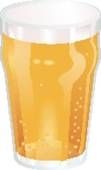
A recipe for a simple blonde ale
Here is a recipe for those who might be a bit adventerous and want to try brewing without using a kit. This recipe is easy to brew and can be modified and experimented with. The recipe is for a blonde ale. It is a light in color and has lots of taste. It is a good beer to impress your friends who prefer American commercial beers.
Simple Blonde Ale
Ingredients:
4lbs Light Dry Malt Extract
3.30lbs Light Malt Extract Syrup (this is the standard size for a can of syrup.)
1lb Crystal Malt 10L (very light color)
1tsp Irish Moss
2oz Mt Hood Hops pellets
1 pkg dry ale yeast ( I suggest Danstar Nottingham or Safale US-05)
The following are estimates of some of the characteristics of this recipe:
OG 1.049 (original gravity )
FG 1.012 (final gravity )
IBU 30 (this is a measurement of bitterness)
ABV 4.8 % (this is alcohol by volume percentage)
SRM 5 ( color)
Sanitize everything according to the instructions on your sanitizer. I use a no-rinse type iodine based sanitizer.
Crush your crystal malt (use a rolling pin or have your homebrew store crush it for you) and place in nylon grain bag. Put 3 gallons of water into your brewpot and steep your crystal malt for 1/2 hour at 150F. Take grain bag out of pot and allow to drain completely into brewpot. Do not squeeze the grain bag as it darins. Bring your brewpot up to a full rolling boil. Remove from the heat, add the dry malt extract and 1oz of the hops. Return to burner and heat back to boiling. Stir frequently. Boil for 50 minutes. Remove from heat.Add Irish moss and 1/2 oz hops. Add malt syrup and stir until it dissolves completely. Return to heat and boil for an additional 10 minutes. Turn off the heat and add the last 1/2 oz hops. Let brewpot cool to 70F. While your wort is cooling, rehydrate your yeast. I just place brewpot in a sink of icewater and keep changing the water as necessary. When the wort is 70F pour through a sanitized strainer into your fermenter. This will remove the hops and will help aerate the wort. Add 70F water to bring batch up to 5 gallons. Stir with a sanatized spoon to mix completely. Take a gravity reading and write it down. Add the rehydrated yeast, cover and attach your airlock. Let ferment for at least a week. Take a gravity reading., If the gravity is close to the projected final gravity, then it is done. If not then let go for a few more days. When fermentation is complete, boil 5oz corn sugar in a pint of water, put into bottling bucket and then syphon beer from fermenter to bottling bucket. Fill bottles up to an inch from the top, cap and set in cool dark place for 2 weeks. Chill and enjoy.
Beer Brewing Recipe Kits
Here are a few examples of kits. I would avoid the "Mr. Beer" kits as they are made for the Mr. Beer system and designed for smaller quantities.
Some great beer forums online
For more information on brewing I suggest going to some of the online discussion forums. You can learn a lot! The folks there are friendly and very willing to help.
- Realbeer.com: What Part Of Beer Don't You Understand?
Everything you could ever want to know about beer, brewpubs, microbreweries, homebrewing, and the beer industry. - BeerAdvocate - Respect Beer.
Beer community dedicated to supporting and promoting beer through education and appreciation. - TastyBrew.com | Homebrew Recipes & Resources
TastyBrew is an on-line homebrew recipe database and homebrewing resource. - United States Beer Drinking Team
U.S. Beer Drinking Team - The first online/offline social network & entertainment community
A few books on brewing beer to get you on the right track
Some reading suggestions




Should I add more beer recipes
Should I add more recipes?
How to Brew by John Palmer First Edition Now Online To Read For Free!
- How to Brew - By John Palmer
How to Brew (1st Edition) is free. You are free to enter, read it in its entirety, and print pages for your personal use.


